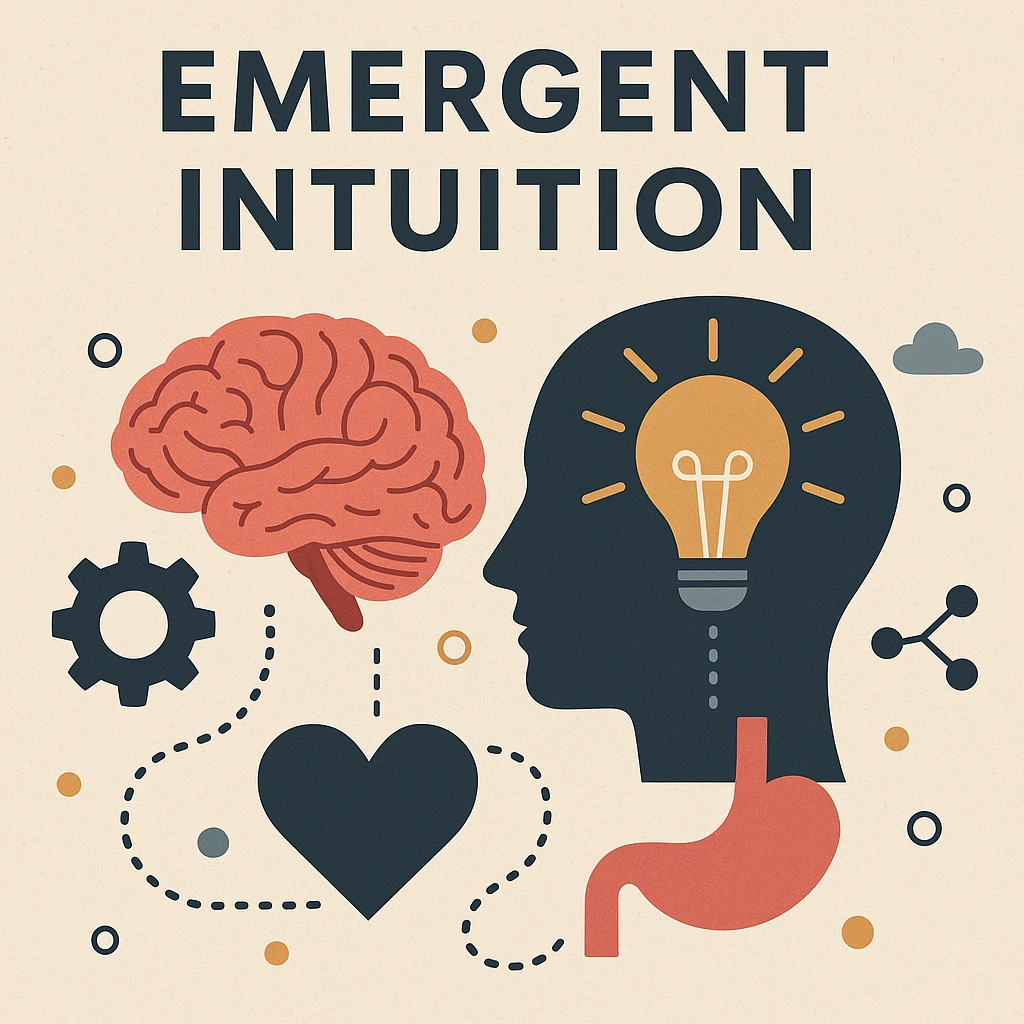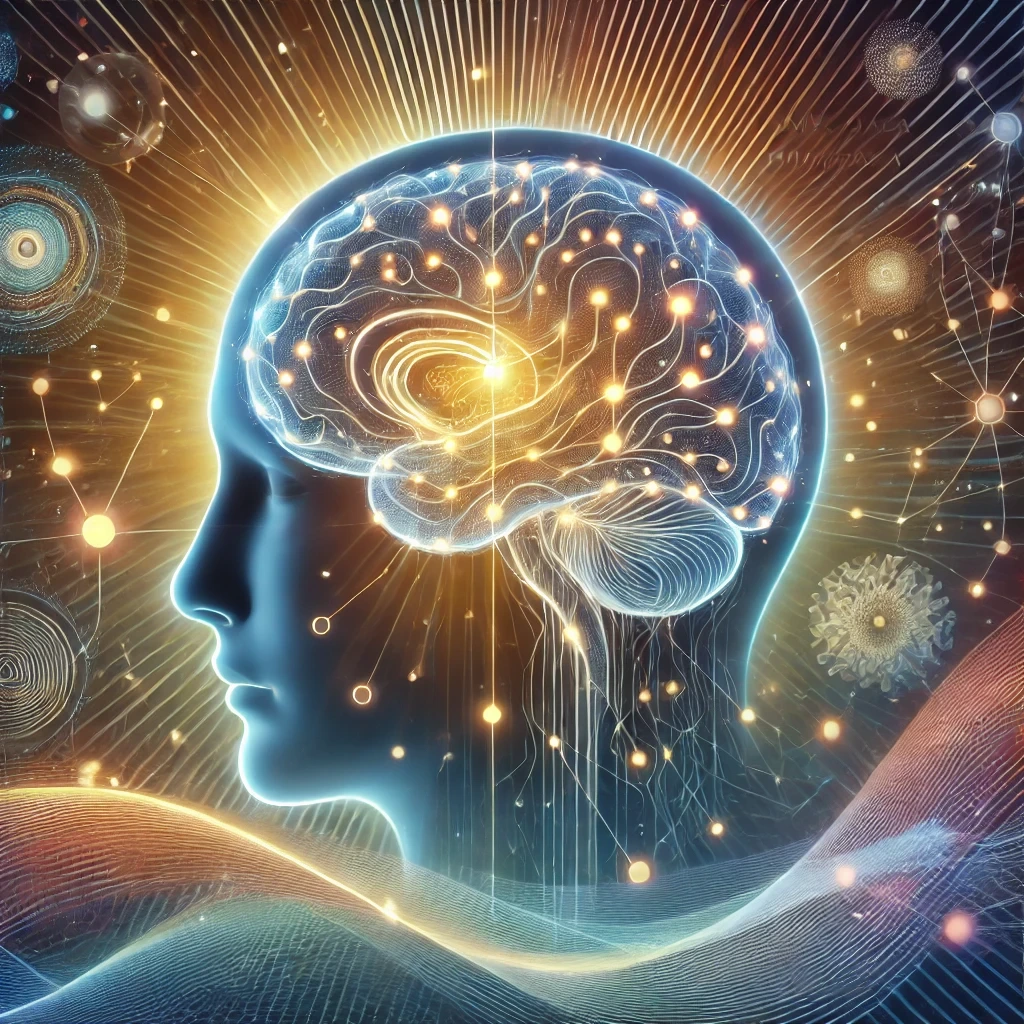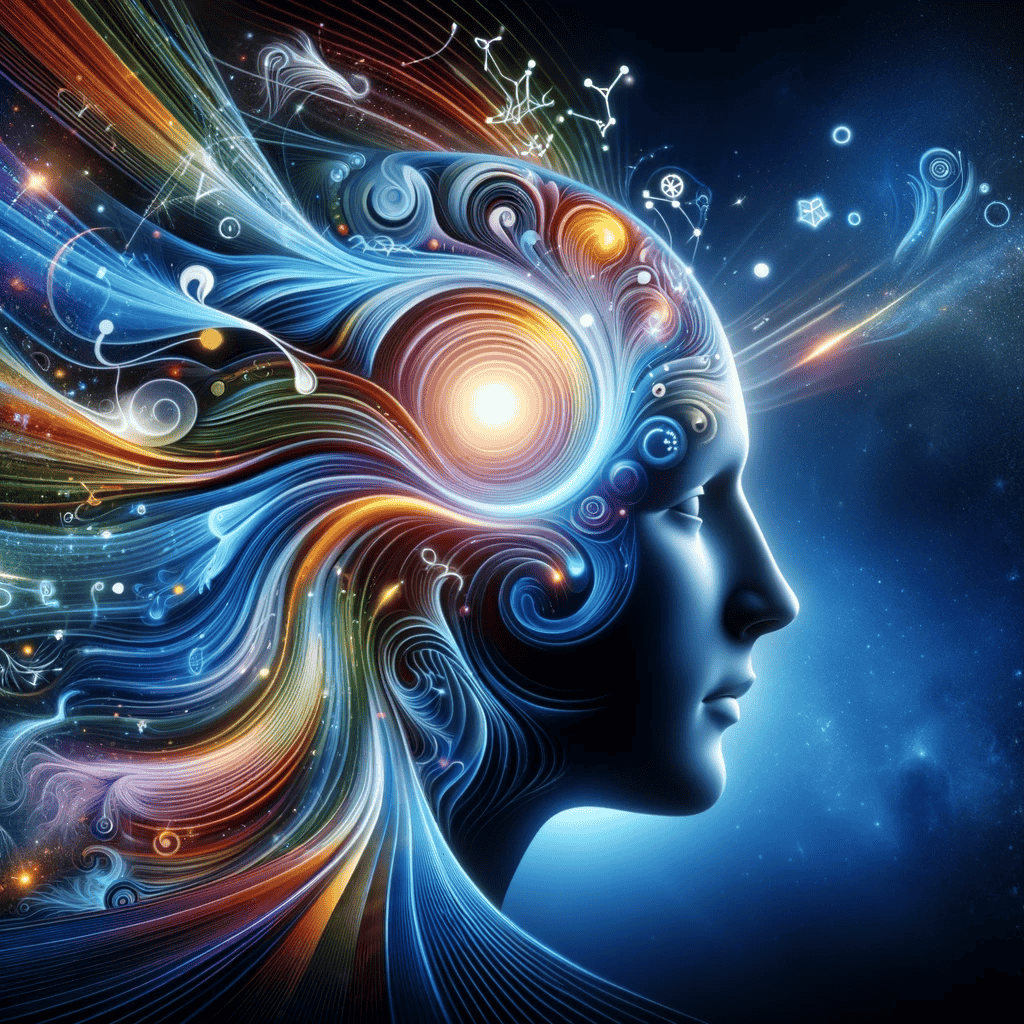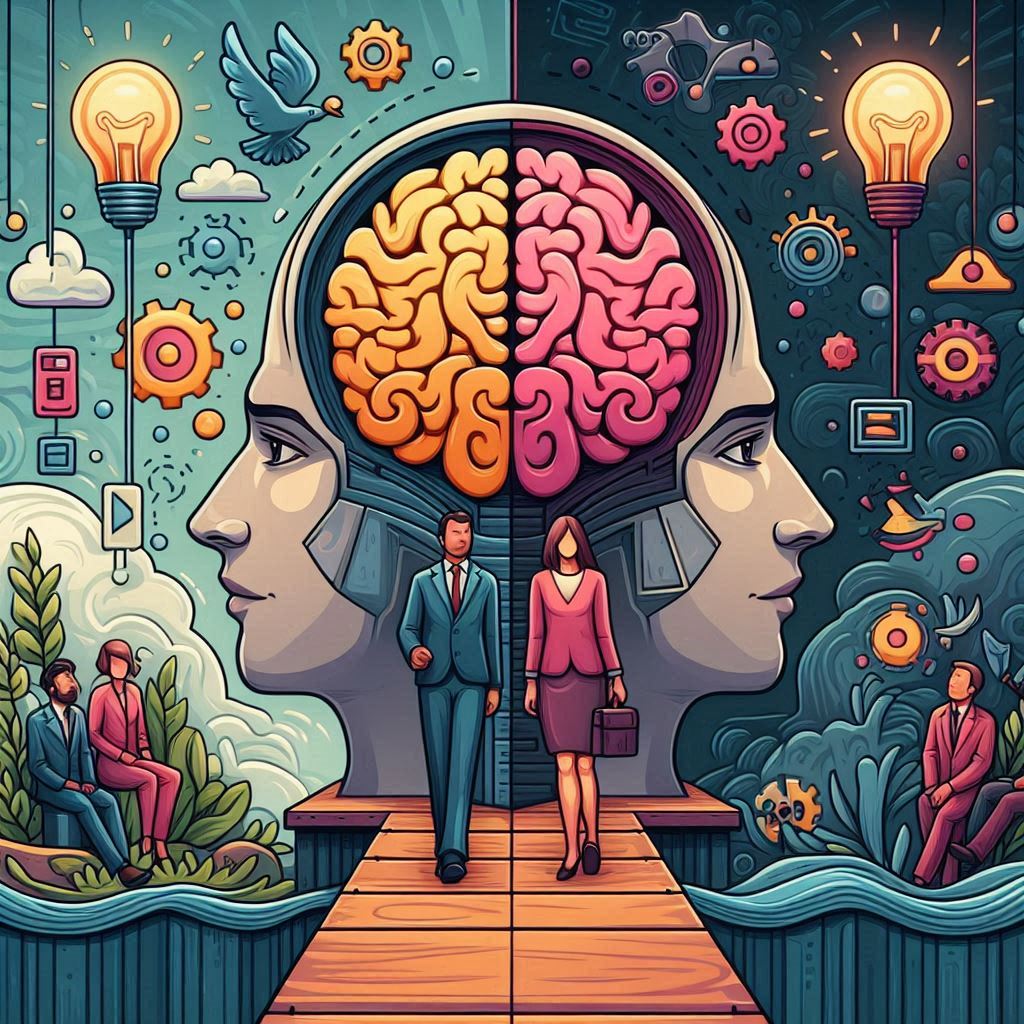Category: Psychology of Intuition
The category delves into the cognitive, emotional, and subconscious processes that shape intuitive thinking. Explore how intuition works, its connection to the brain, and its influence on decision-making, creativity, and problem-solving. Through research-backed insights, practical examples, and expert analysis, this section uncovers the psychological foundations of intuition, helping you leverage this powerful tool for personal growth, professional success, and mental well-being.









